U.S.A.
Want to hide ads?
Become a Supporting Member
Become a Supporting Member
American Tech Tree
Want to hide ads?
Become a Supporting Member
Become a Supporting Member
American Premium Ships
Aircraft Carriers
Battleships
Cruisers
II Charleston M
II Charleston
II Erie
IV Marblehead
VI New Orleans W
VI Indianapolis
VI Atlanta
VI Boise
VI Flint
VII San Diego
VII Wichita CE
VII Congress
VII Wichita
VII Anchorage
VII AL Montpelier
VII Rochester
VIII Tulsa
VIII Salem
VIII Vallejo
VIII U.S.S. Voyager
★ Worcester
★ Des Moines
★ Alaska
★ Alaska B
★ Puerto Rico
Want to hide ads?
Become a Supporting Member
Become a Supporting Member
American Commanders
AL Baltimore

AL Colorado

AL Montpelier
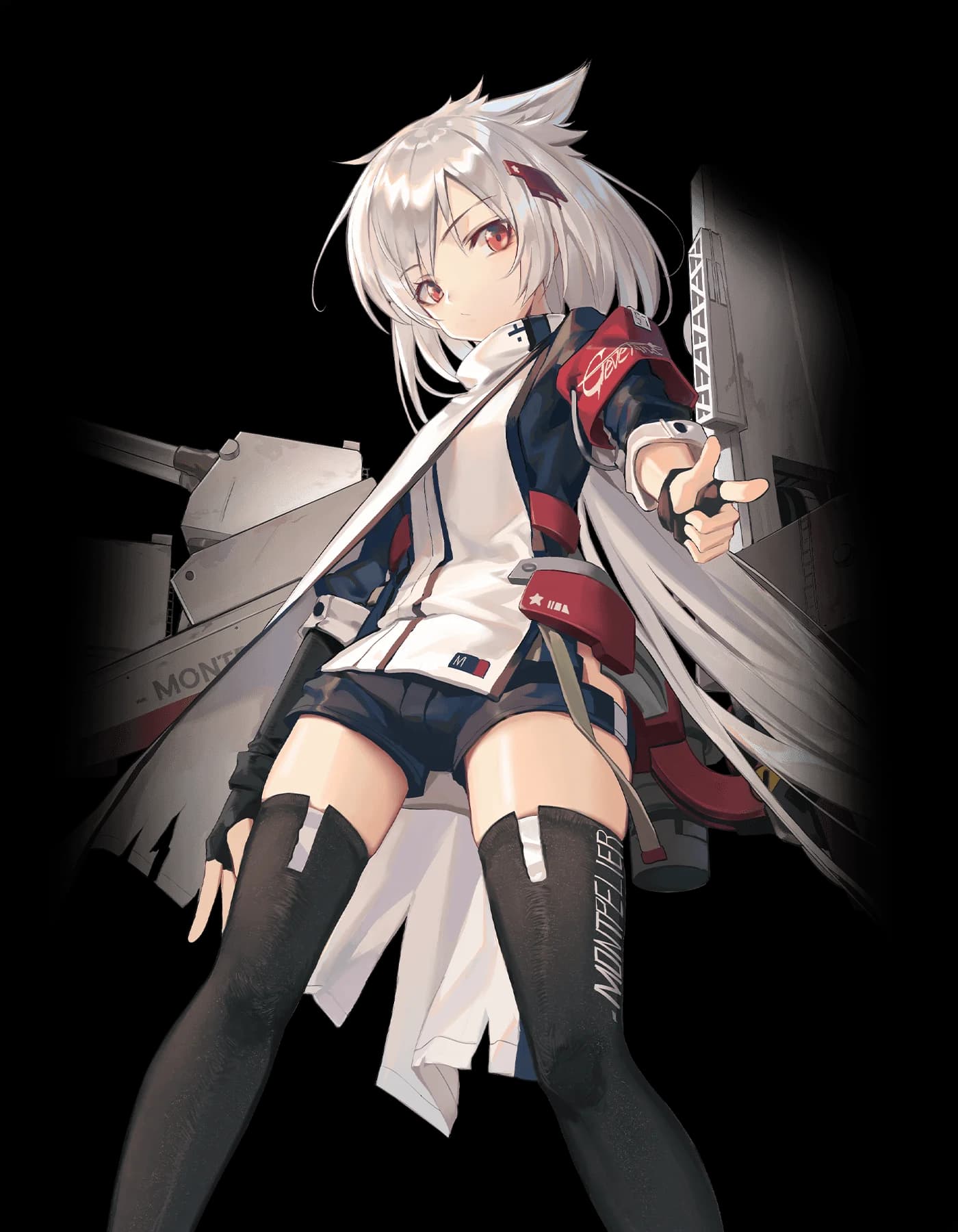
AL New Jersey

Albert Gleaves
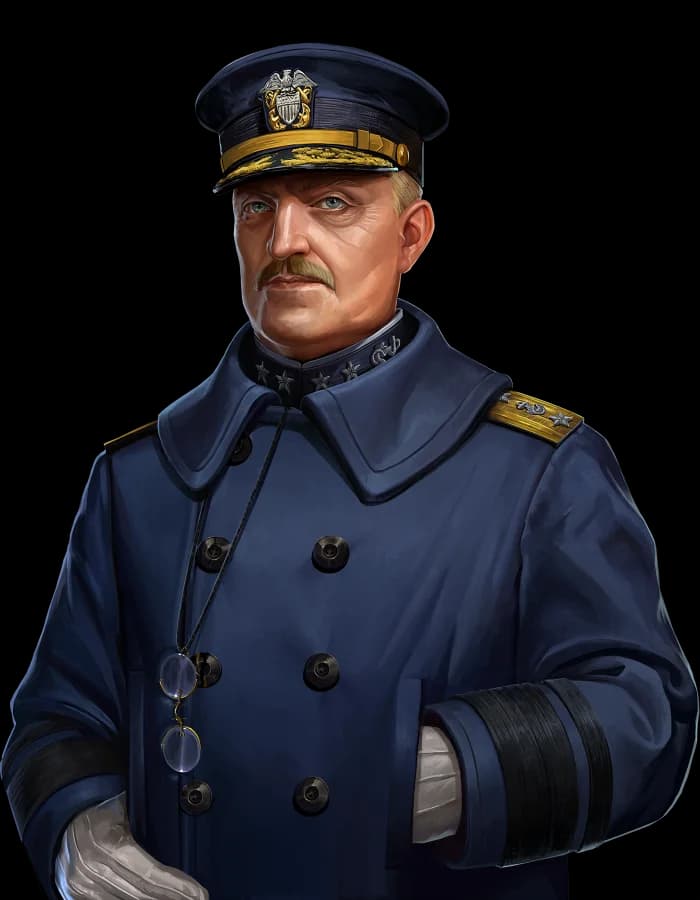
Arleigh Burke
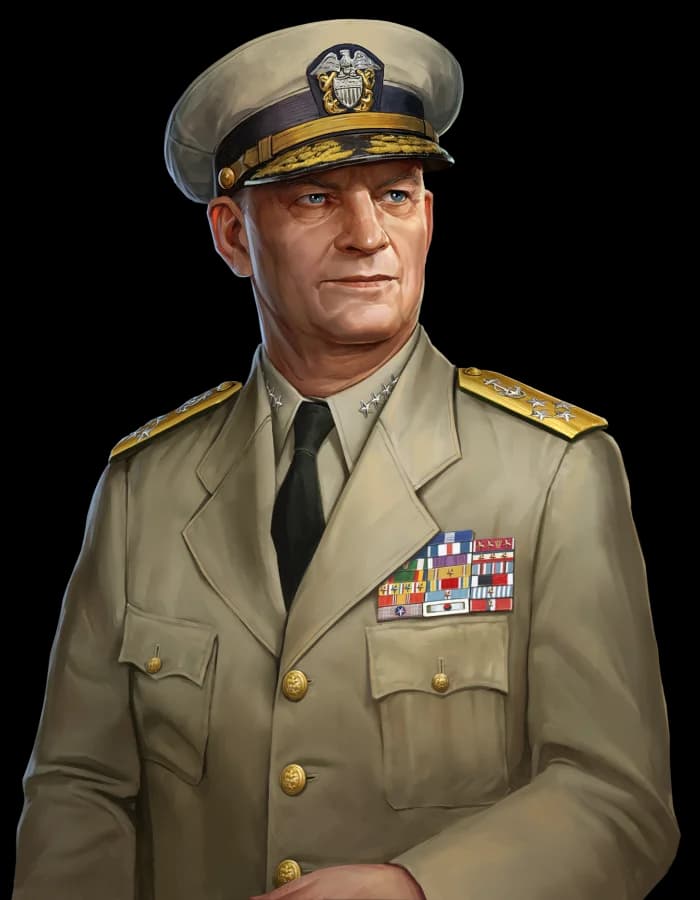
Bumblebee
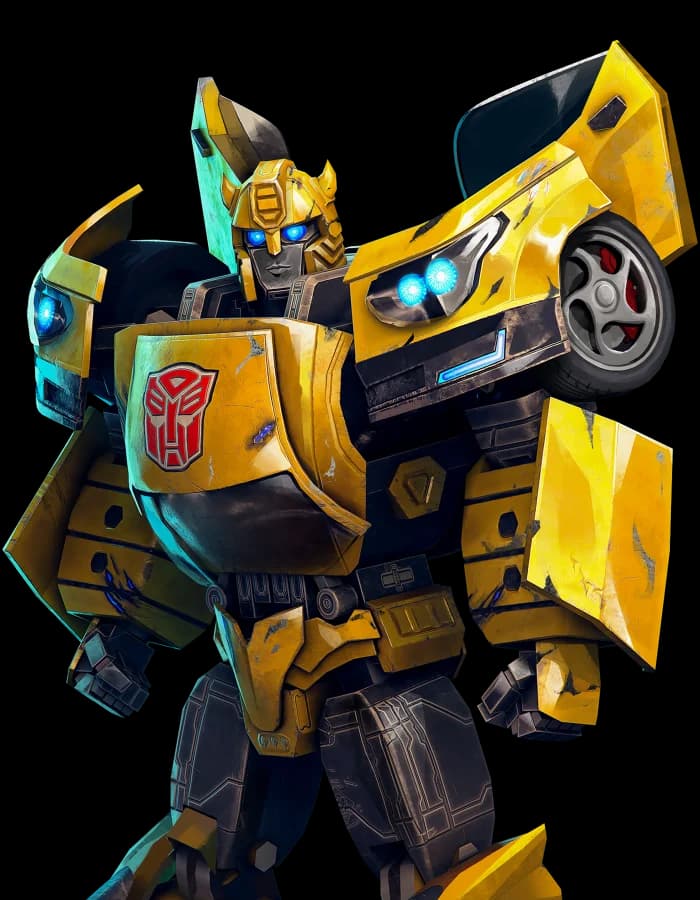
Captain Janeway

Commander Picard

Commander Riker

Ernest King
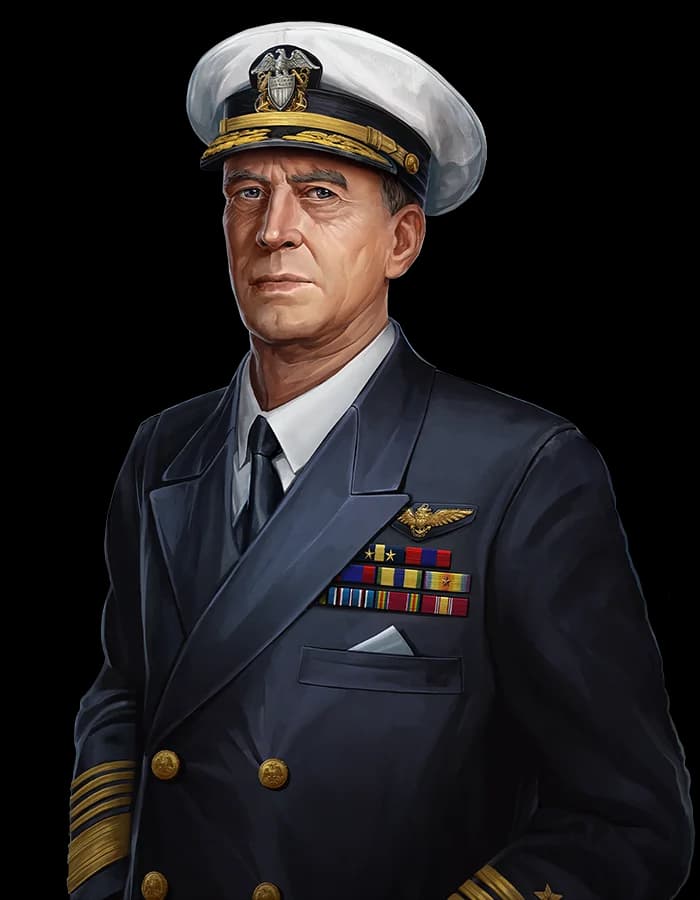
George Dewey
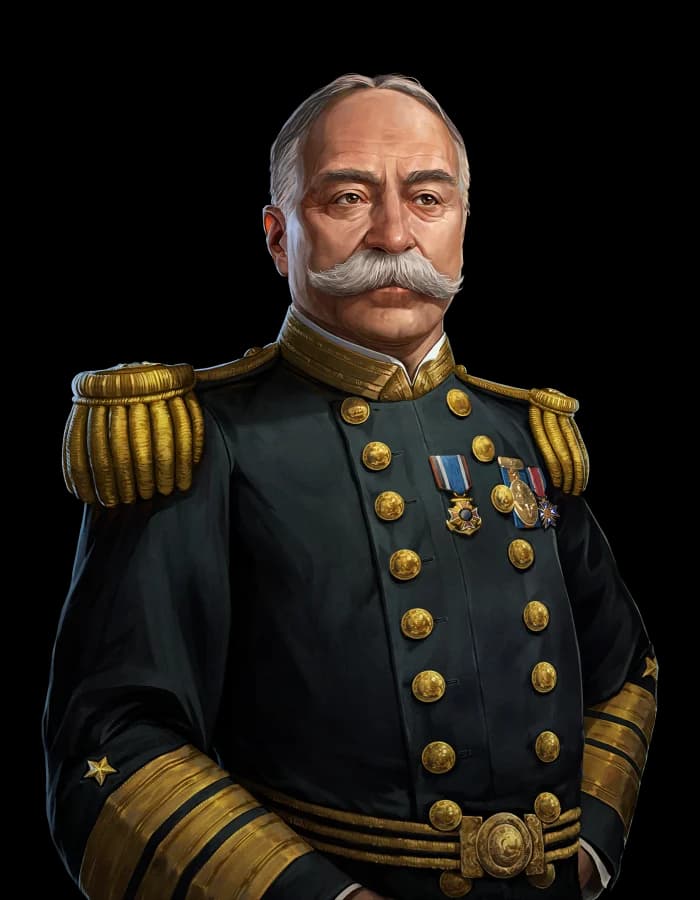
Joseph Reeves
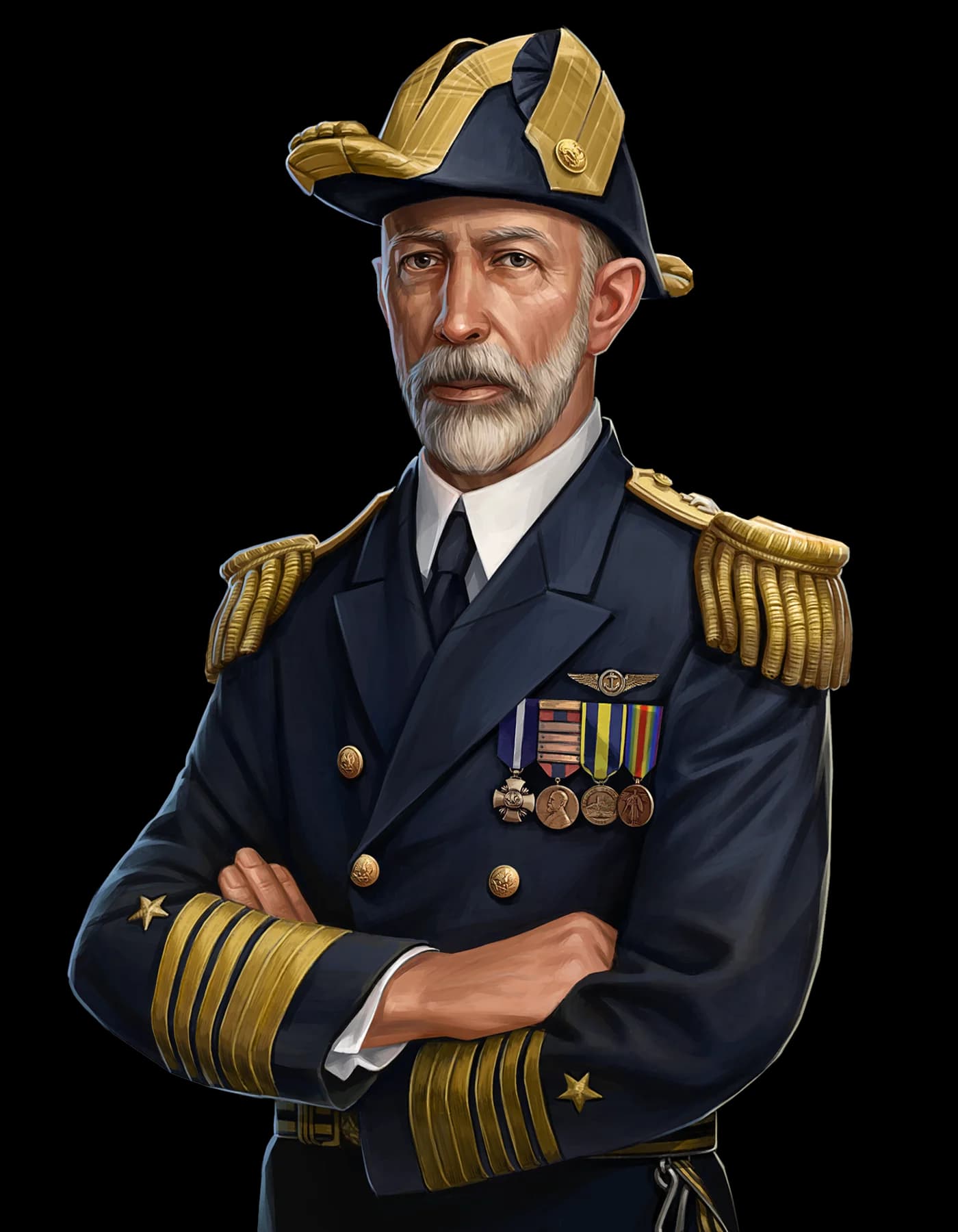
Justinian Lyons XIII

King Kong

Norman Scott
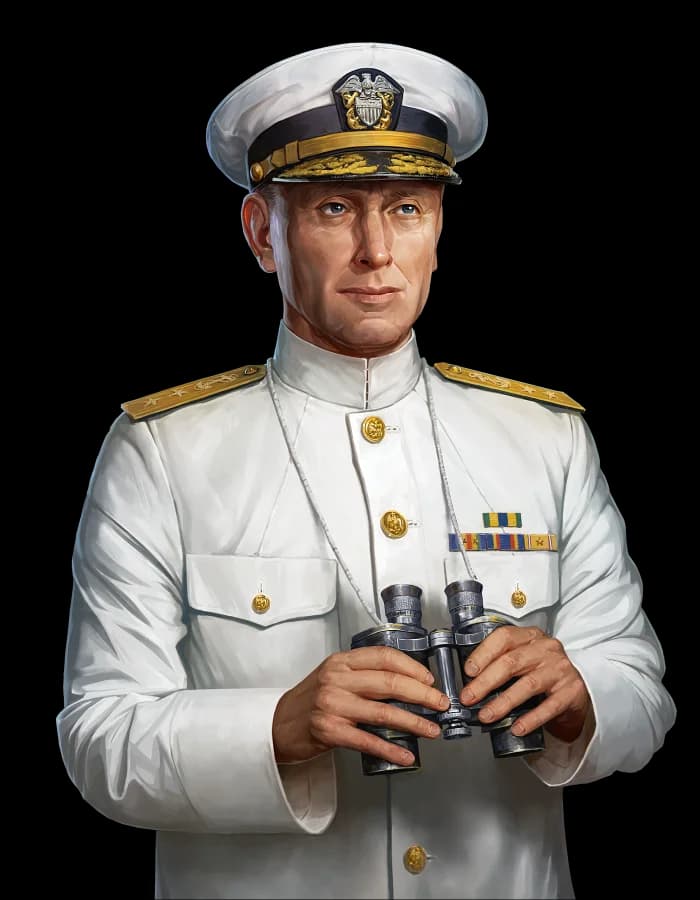
Optimus Prime
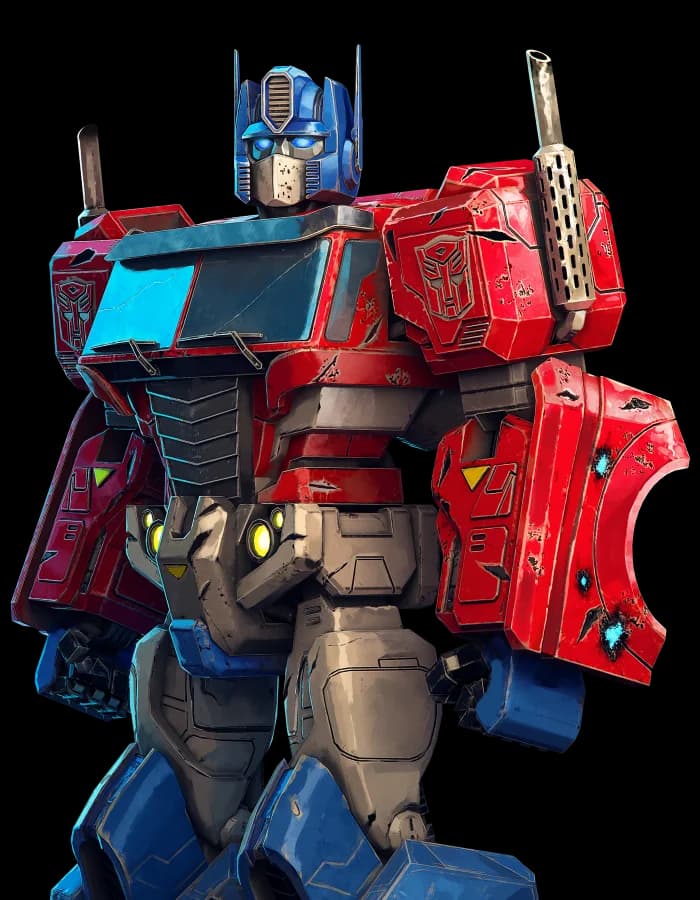
Shelly Beapley

Takanashi Hoshino

Thomas Kinkaid

Victor F. Einstein

Vincent Mordoff

William Halsey

William Sims

Willis Lee
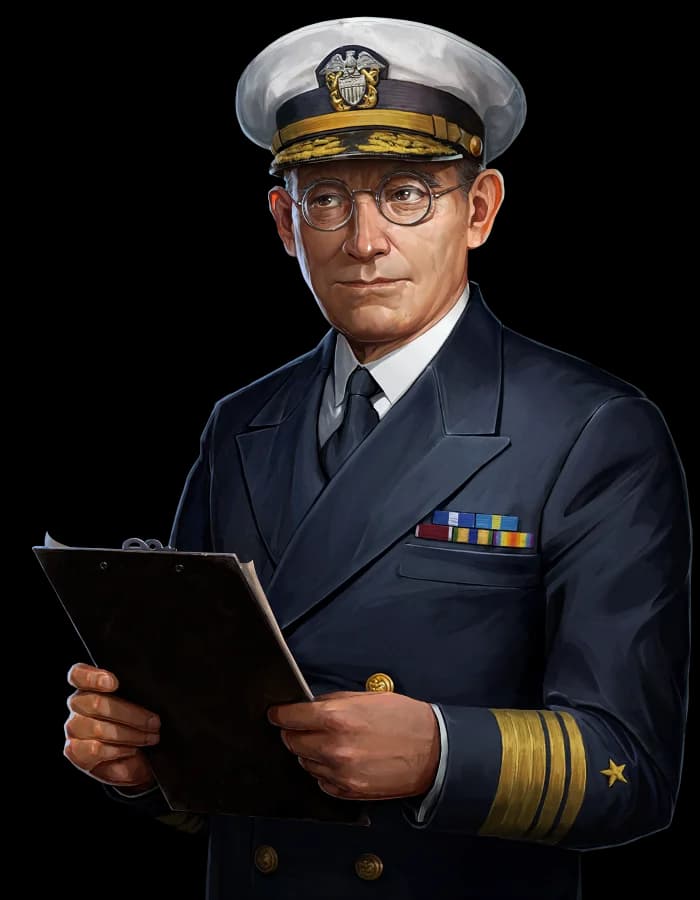
Want to hide ads?
Become a Supporting Member
Become a Supporting Member